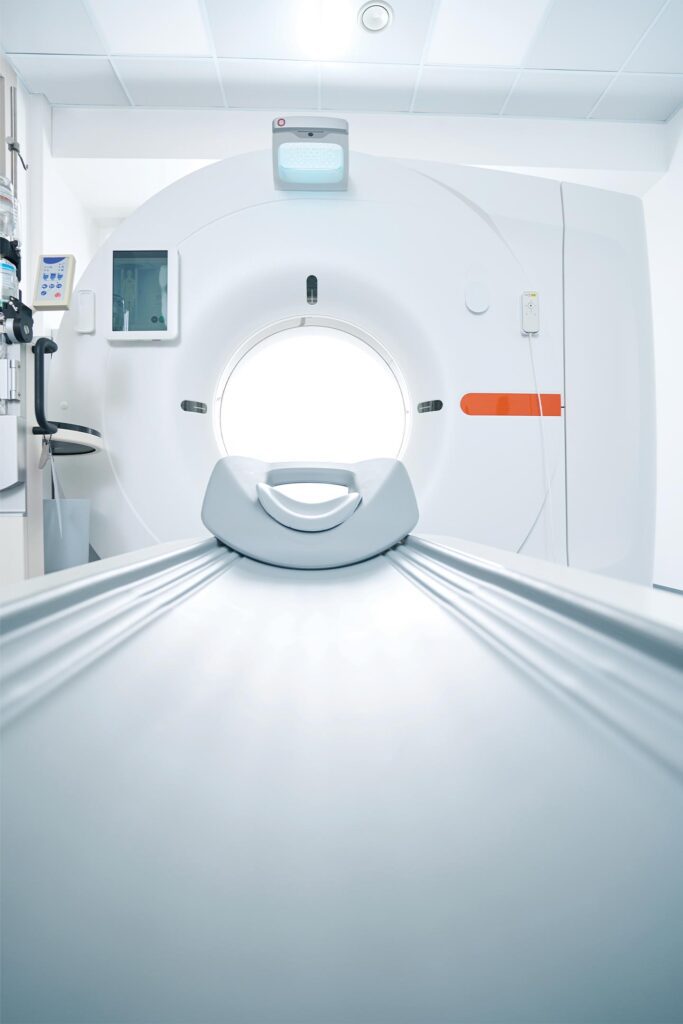Thanks to advanced MRI imaging, prostate conditions can be accurately identified.


Prostate cancer is a common cancer, affecting 13 in 100 American men. Powerful diagnostic technology has greatly benefited the early detection of prostate cancer, particularly magnetic resonance imaging, or MRI. This machine uses radio waves and magnets to generate images of the prostate. A 3T MRI utilizes especially powerful magnets to yield even clearer images than standard MRI scanners.
How Does It Work?
When receiving a prostate MRI, you will lay on your back on the patient table, which will then move inside the MRI machine. During the scan, an electric current passes through wire coils in the machine and creates a strong magnetic field. The coils send radio waves and produce computer-generated images of the prostate for doctors to analyze. A prostate MRI typically takes 30-45 minutes.
The Benefits of Prostate MRI
Noninvasive. Prostate MRIs are a noninvasive and painless diagnostic technology. Additionally, the 3T Open MRI is more spacious than standard systems, helping patients remain comfortable during the scan.
Higher diagnosis accuracy. Compared to other diagnostic methods, such as physical exams or ultrasounds, MRIs have the highest rate of detection. The detailed images of the prostate can reveal abnormalities that may otherwise be obscured.
Faster treatment planning. The 3T MRI is the fastest prostate MRI technology available and is up to twice as fast and more accurate as standard MRI systems. Its computer-generated images can be sent for immediate analysis, meaning doctors can move forward with developing and implementing a treatment plan, if required.


